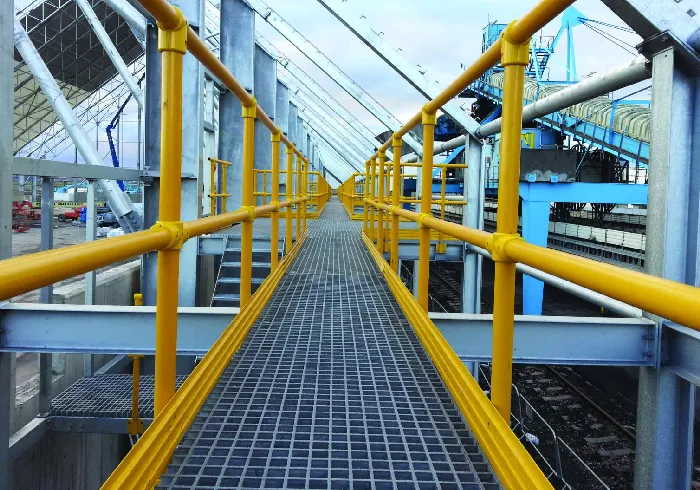loading...
- No. 9, Xingyuan South Street, Dongwaihuan Road, Zaoqiang County, Hengshui, Hebei, China
- admin@zjcomposites.com
- +86 15097380338
- Welcome to visit our website!
Innovative Solutions for Efficient Wastewater Treatment Systems and Equipment
Wastewater Treatment Equipment Essential Components for a Sustainable Future
Wastewater treatment is a critical process in maintaining environmental health and ensuring the safe reuse of water. As populations grow and industrial activities expand, the demand for effective wastewater management has become paramount. Wastewater treatment equipment plays a pivotal role in this process by facilitating the removal of pollutants and converting wastewater into a resource that can be reused or safely discharged into the environment.
The primary objective of wastewater treatment is to reduce the concentration of contaminants, including organic matter, pathogens, nutrients, and heavy metals, in sewage and industrial effluents. Various pieces of equipment are utilized throughout this process, each designed for specific treatment stages and contaminant types.
Wastewater Treatment Equipment Essential Components for a Sustainable Future
Following screening, the next stage often involves primary treatment, where sedimentation tanks (or clarifiers) are utilized. During this process, heavier solid particles settle to the bottom of the tank, forming sludge, while lighter materials can float to the surface. This separation helps to reduce the load on subsequent treatment processes, enhancing overall efficiency.
waste water treatment equipment

After primary treatment, biological treatment methods are often employed. The most widely used biological treatment technology is the activated sludge process, which relies on aeration tanks that promote the growth of microorganisms. These microorganisms break down organic matter and nutrients through aerobic respiration. The aeration system is crucial in maintaining microorganism health and activity, and various aeration methods, such as diffused aeration and mechanical aerators, can be utilized depending on the facility's size and requirements.
In addition to conventional methods, advanced treatment technologies have gained traction due to their effectiveness in removing specific contaminants. Technologies such as membrane bioreactors (MBRs) combine biological treatment with membrane filtration, providing a high level of effluent quality. Similarly, reverse osmosis systems are employed when high purity water is required, especially in industrial processes.
For facilities looking to minimize their environmental impact, nutrient removal systems are critical. These systems, including nitrification and denitrification processes, target nitrogen and phosphorus removal, which are vital in preventing eutrophication of water bodies. Specialized equipment, such as sequencing batch reactors (SBRs) and moving bed biofilm reactors (MBBRs), can effectively address these issues.
Finally, the treatment process culminates with sludge management. The sludge generated during treatment must be properly handled to prevent environmental contamination and to recover resources. Equipment for thickening, digestion, dewatering, and stabilization is essential in managing this byproduct. Technologies like centrifuges and belt filter presses are commonly used to reduce sludge volume and convert it into a byproduct suitable for application in agriculture or energy generation.
In conclusion, wastewater treatment equipment comprises a diverse array of technologies and systems, each integral to the overall treatment process. As the world faces increasing water scarcity and pollution challenges, investing in advanced wastewater treatment technologies is not only a necessity for public health but also a step towards sustainable water resource management. By efficiently treating and reclaiming water, these systems play a vital role in creating a more sustainable and resilient future.
-
GRP Structures: The Future of Lightweight, High-Performance EngineeringNewsJun.20,2025
-
FRP Water Tank: High-Performance Storage for Corrosive and Clean Water SystemsNewsJun.20,2025
-
FRP Square Tube: The New Industry Standard for Chemical and Structural ApplicationsNewsJun.20,2025
-
FRP Pultruded Profiles: The Ultimate Choice for Lightweight Structural StrengthNewsJun.20,2025
-
FRP Handrails: The Safer, Smarter, and Stronger Choice for Modern InfrastructureNewsJun.20,2025
-
FRP Grating: The Smart Solution for Durable, Lightweight Industrial FlooringNewsJun.20,2025
-
Why Choose a Galvanized Water Tank for Your Storage NeedsNewsMay.21,2025
